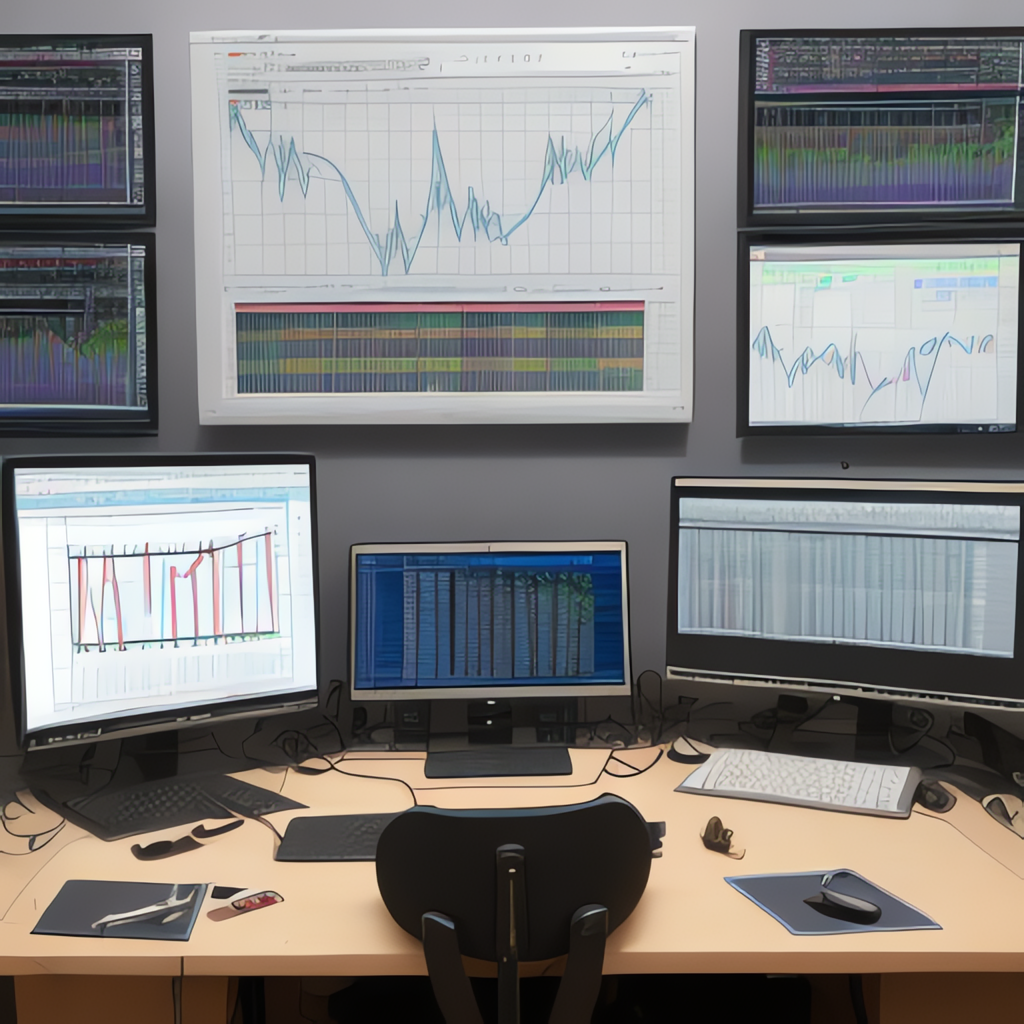Exploring the Visual Language: A Comprehensive Guide to Understanding and Designing Diverse Chart Types
The visual language used for representing data has developed significantly over the years from simple depictions to sophisticated formats. Understanding and designing these various types of charts can help simplify complex datasets and provide crucial insights and trends more efficiently. In this guide, we will explore the diverse world of charts, understanding their unique features and application cases. These include:
1. **Bar Charts**: Bar charts display data using rectangular bars of varying lengths, with the lengths directly proportional to the values they represent. They are ideal for comparing different categories or illustrating changes over time. The vertical or horizontal bars can be easily interpreted, making them a common choice across industries for initial data observations.
2. **Line Charts**: Line charts connect data points with lines, useful for showing trends over time or the flow of data. They are commonly used in financial reports, weather forecasting, and scientific studies. Each line can represent a trend related to a specific variable or category, with the axes illustrating a time-based progression.
3. **Area Charts**: An extension of the line chart, these emphasize the magnitude of change over time. The area underneath the line is filled in, providing a stronger visual cue for the amount of data within certain intervals, often used in illustrating cumulative values or aggregated data across time.
4. **Stacked Area Charts**: Similar to Area Charts, Stacked Area Charts show comparative proportions within categories, stacking lines on top of each other. They are ideal for displaying how different categories contribute to the total over time, useful in market share analysis or revenue breakdowns by product, department, or sales channel.
5. **Column Charts**: Similar in use to Bar Charts, Column Charts display data vertically instead of horizontally, effectively contrasting heights and sizes of data points for easy comparison. They are particularly useful when there are many categories, with each item receiving an equal amount of space.
6. **Polar Bar Charts**: Combining the circular nature of Pie Charts with the linear comparison of Bar Charts, Polar Bar Charts represent data as radial bars emanating from the center. They are less common but can be used to illustrate direction-dependent data or values in a compact space.
7. **Pie Charts and Circular Pie Charts**: Pie Charts show the proportion of parts relative to the whole, while Circular Pie Charts can represent data more dynamically on a circle. They are best suited for highlighting individual components within a whole, such as the split of sales by product categories.
8. **Rose Charts (or spider or radar diagrams)**: These charts use radial axes for continuous, usually equal intervals, making them excellent for displaying multivariate data with multiple attributes evaluated across different scales. They are particularly useful in performance analysis or comparison tools.
9. **Radar Charts**: Similar to Rose Charts, Radar Charts represent data as radial axes, comparing multiple quantitative variables. They are often used in strategic planning or comparing the profile of various products or categories based on qualitative characteristics.
10. **Beef Distribution Charts**: Typically specialized and used in a specific context, Beef Distribution Charts might not be a standard chart type and is often found in specific research or application domains, providing insights into data distribution that is critical but doesn’t follow traditional statistical distributions.
11. **Organ Charts**: Organizational charts illustrate the structure of an organization or team, highlighting the hierarchical relationships, reporting lines, and roles. They are essential in creating a visual understanding of team compositions and roles in a company or project.
12. **Connection Maps**: These charts are designed to visually represent connections between individuals, events, or entities, often used in social network analysis, project management, and historical studies. They can depict relationships, interactions, and flows of information between various components.
13. **Sunburst Charts**: Based on a tree structure, these charts exhibit hierarchical data in a circular format, similar to a pie chart, with concentric rings to represent different levels of a hierarchy. They effectively reveal patterns for both large and small datasets.
14. **Sankey Charts**: Sankey diagrams emphasize the flow of data, materials, or transactions between different nodes or entities. They use width to represent the amount of data, making them incredibly useful for tracking the transfer of energy, financial flows, or resource use in supply chains and consumption patterns.
15. **Word Clouds**: Word Clouds visually represent text data by displaying frequently occurring words in larger fonts. They are effective in summarizing topics or themes in large text collections, commonly used in textual analysis or content categorization.
Remember, the choice of chart should always reflect the data characteristics and the intended audience. Consideration for the specific features and requirements of each type will enhance the effectiveness of the visual communication in your projects.
